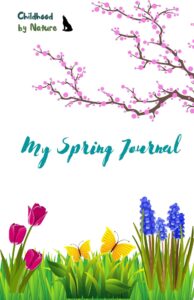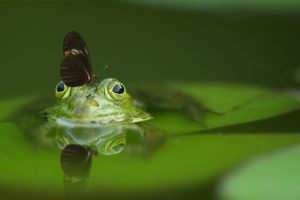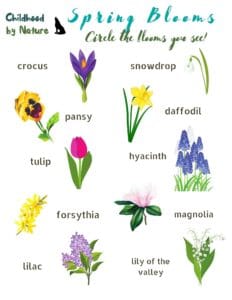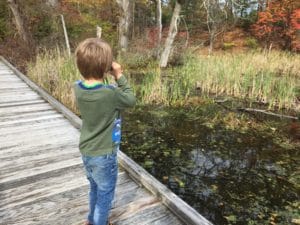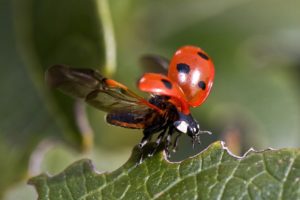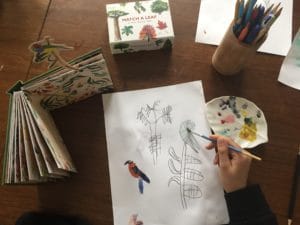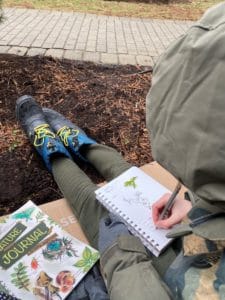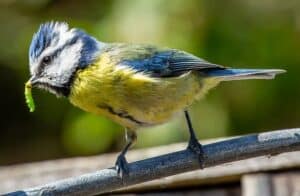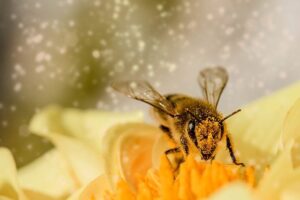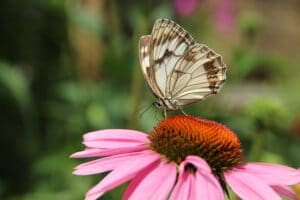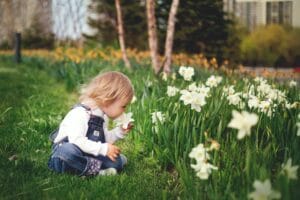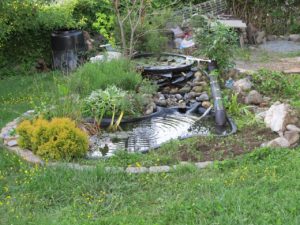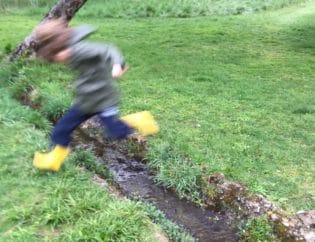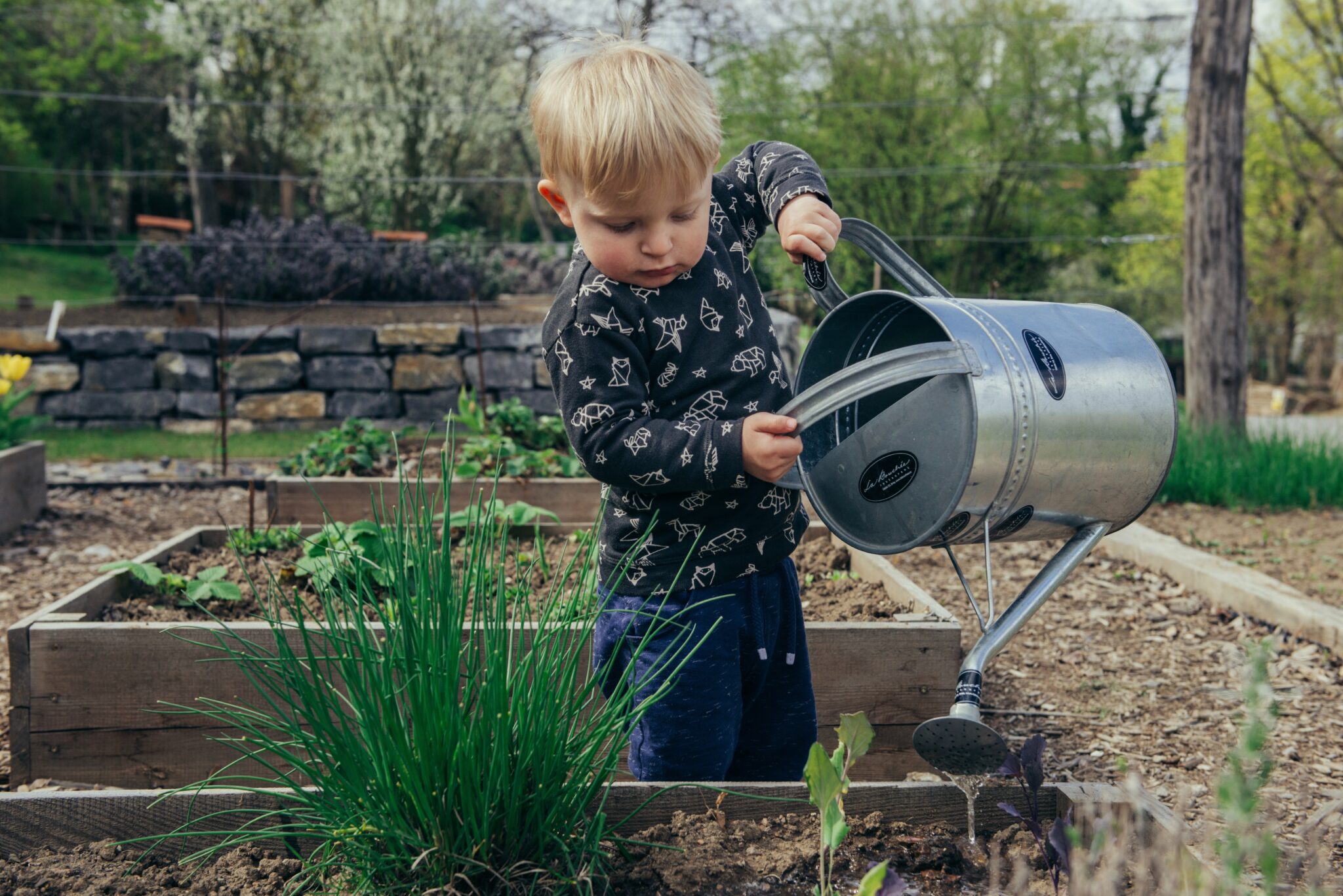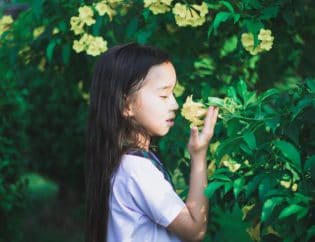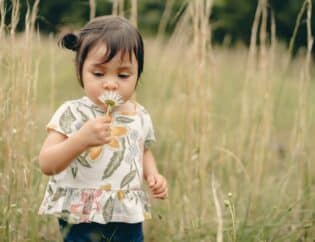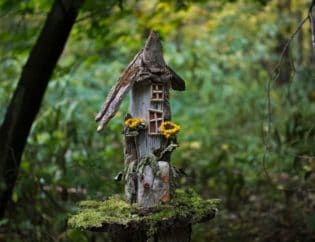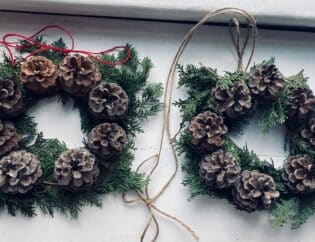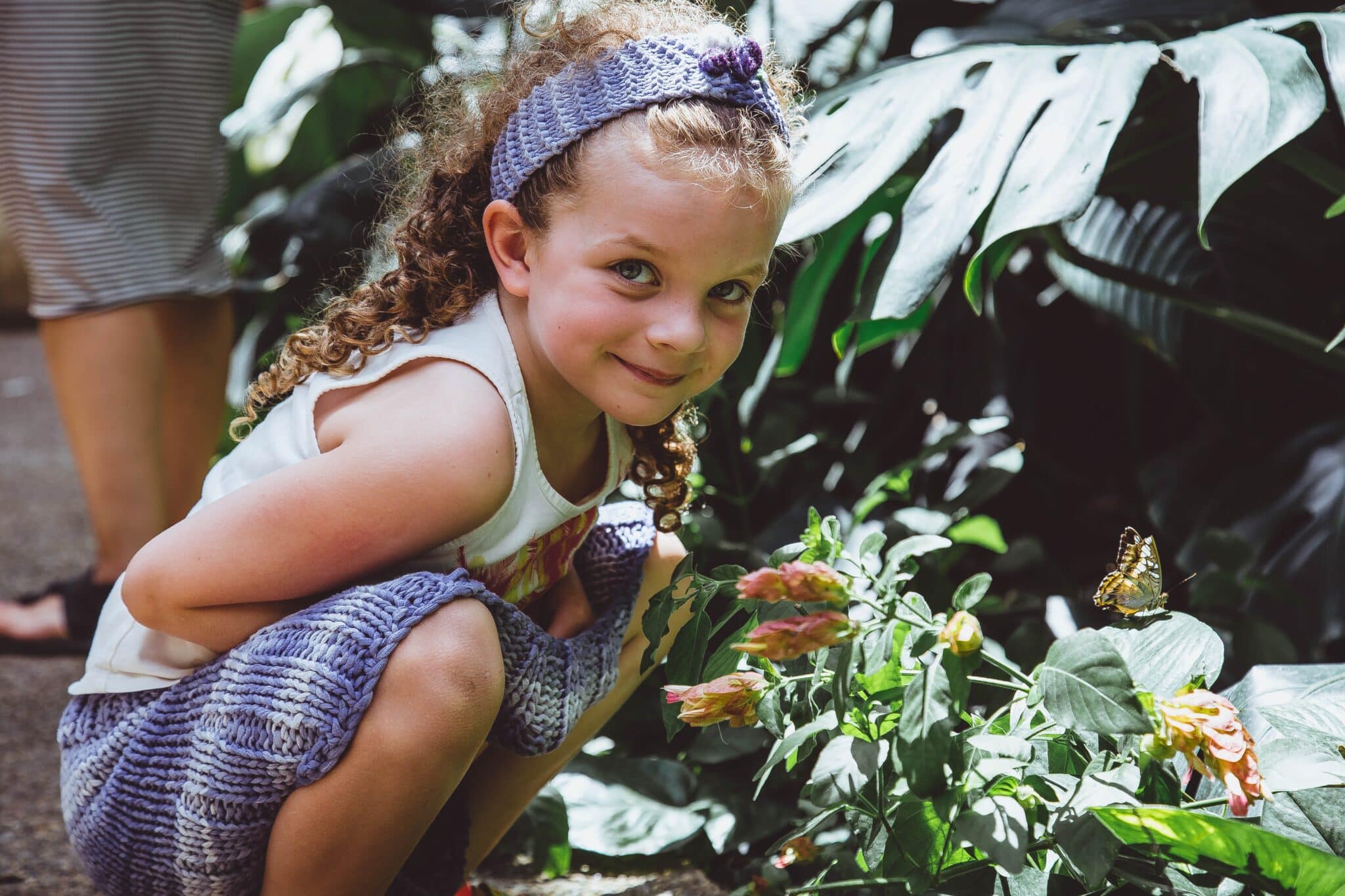
Ah, Spring. The days grow longer and warmer. The critters are once again flitting and fluttering about. And the natural world feels renewed with so much beautiful green and other brilliant colors. With nature coming back to life and so much activity around us, spring is just calling out for some exploration!
The simple ideas curated here are designed to help the naturalist family get the most out of nature this season while nature gets some help from you. Most are backyard or local activities you can do anywhere but feel free to adapt some of these to wherever you are exploring in nature!
#1 Keep a Spring Diary
A spring diary is an excellent way to encourage children to sharpen their powers of observation and work on their recording skills. You and your child could easily head out each day for a week or a month, dedicating a page each day to new observations. Choose the same spot to focus on or a different one each time. We created a Spring Journal for you so you can just print, staple together, and take it along with you. Encourage your child to bring in their own naturalist eye and creativity with a cover of their own design!
#2 Explore a Pond
Ponds are sensory discovery zones and are great for teaching children about wildlife and the different stages of the life cycle of small creatures such as frogs as they unfold in natural surroundings. In the springtime, there is so much to observe at a pond: Nesting or mating birds; toad or frog eggs, baby turtles, fish are making a reappearance after a long winter.
#3 Go on a Spring Scavenger Hunt
You see them everywhere so isn’t time you learned the proper name for the “pretty yellow tree” or the “delicate white flowers” with your kids? Make it a point to learn which local spring blooms grace your part of the world. We've included some of the most popular spring beauties suspects here. Be sure to download and print our Spring Blossoms Scavenger Hunt so your child can keep track of the many different types of blooms they see this season! Or set your child out on a signs of spring scavenger hunt to encourage them to tune into this changing season.
#4 Start Birding
Yes, we know we recommend birding in ALL seasons but spring birding is really something special. With the opportunity to see migratory birds passing through or get to know the expanded local scene in your neck of the woods, it is truly an exciting time to bird. From building critical observation skills to connecting with nature, birding is an often overlooked but amazingly rewarding hobby. Here are just a few of the many reasons to start your child on birding.
#5 Go on a Bug Hunt
With their numbers in serious decline worldwide, insects are in serious trouble. It’s more important than ever to encourage your child’s interest in insects. And since they are adapted to live in virtually all habitats: land, in water and in air and all continents including Antarctica, finding them and studying them is one of the easiest nearby nature activities you can do together this spring!
#6 Create Some Nature Art
Creating art from the natural world is a wonderful way to encourage your child to be creative while developing art skills and observing nature. And spring is a wonderful time to head out and observe the dynamic nature of nature.
#7 Compose a Poem as Lovely as a Tree
Or try your best (but not much can be as lovely as a tree in our opinion). One way that we love to soak in nature with our kids is through nature poetry. Don't be intimidated if you don't consider yourself a poet. Anyone with feelings and sensations and memories can be a poet. Nature is one of the best sources of inspiration as it is alive and surrounds our senses with stimuli. A breeze on our face. The passing smell of Lily of the valley. The bright colors of a cardinal flying overhead. Springtime nature is brimming with sights, sounds, textures, colors just waiting to inspire little poets.
#8 Feed Baby Birds
And not by putting out more seed in your feeder. The fact is that most spring parents need more than seeds to mate and raise their chicks. They need healthy, juicy, carotenoid-rich caterpillars when they are making and raising babies, they eat only caterpillars. How can you help? Make sure your yard or green space has caterpillar-approved plantings. Dr. Doug Tallamy states it well, “There are millions of people who put out bird food all winter long and during the summer they starve the birds by the way they landscape because they don’t see the connection.”
#9 Think About the Bees!
You and your child can do your part to help the critical state of bees in our world by making your yard or whatever slice of nature you have more bee-friendly. By planting plants bees prefer most or adding water and shelter to your natural areas, your family can help these critical critters continue to keep our world buzzing!
#10 Transform Your Backyard into a Wildlife Life Zone
Unleash the true potential of your yard or green space by staking its place in a Homegrown National Park and help win the fight against biodiversity collapse on this planet. The plantings in your yard can help to enhance biodiversity if you choose local and native. Here, we share a few ways to give your green space a biodiversity makeover.
#11 Head out on a Hanami
In Japan, spring blossom is celebrated with the traditional custom of Hanami, which means ‘flower viewing’ and is an opportunity to take in the beauty of flowers. Be sure to read our post on heading out on a Hanami and download and print out Spring Flowers Field Kit to learn about this fascinating phenomenon in nature.
#12 Build a Pond for Wildlife
It’s small. It’s simple. And it’s likely to become a favorite spot for nature observation for your family. A backyard pond is an excellent way to encourage wildlife to make your backyard its home. Plus, direct observation of their immediate surroundings, such as a backyard, schoolyard, or local pond, is a great way for kids to learn about the living environment. And the best news— setting one up is much easier than you think!


